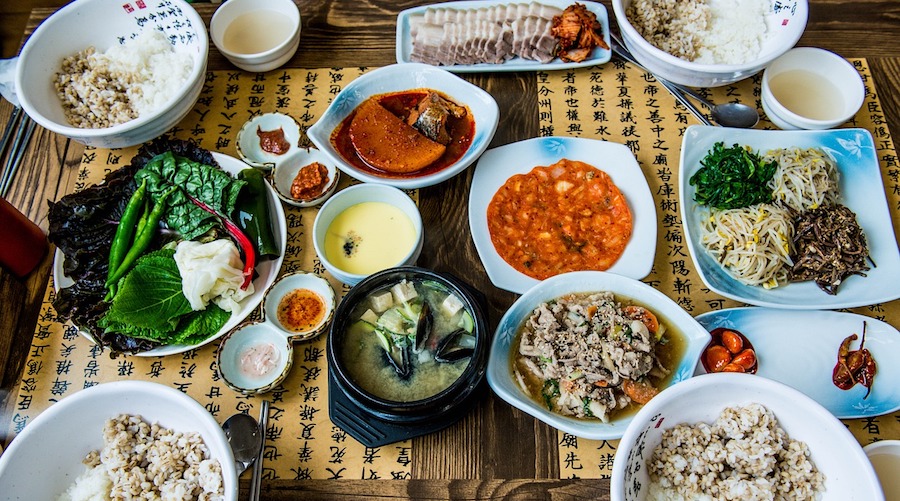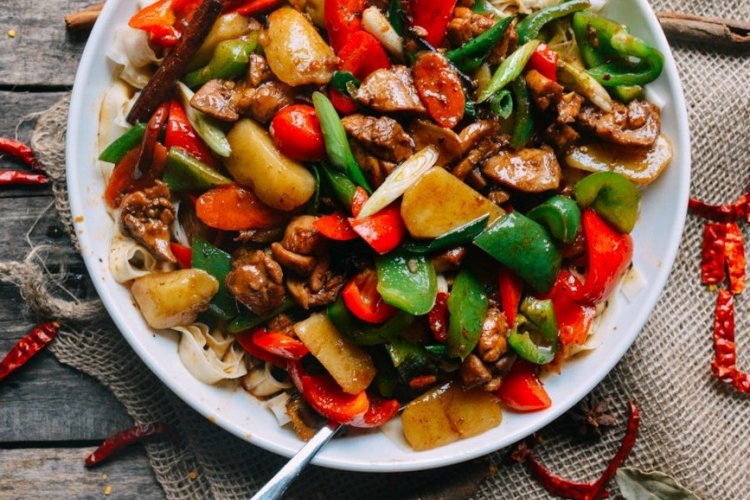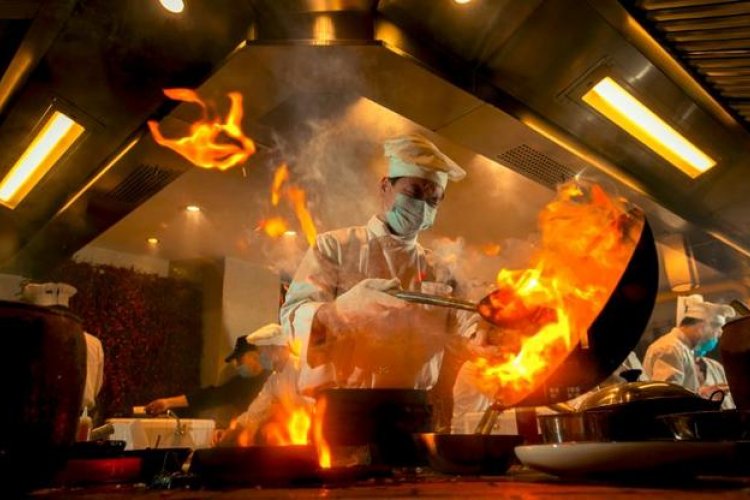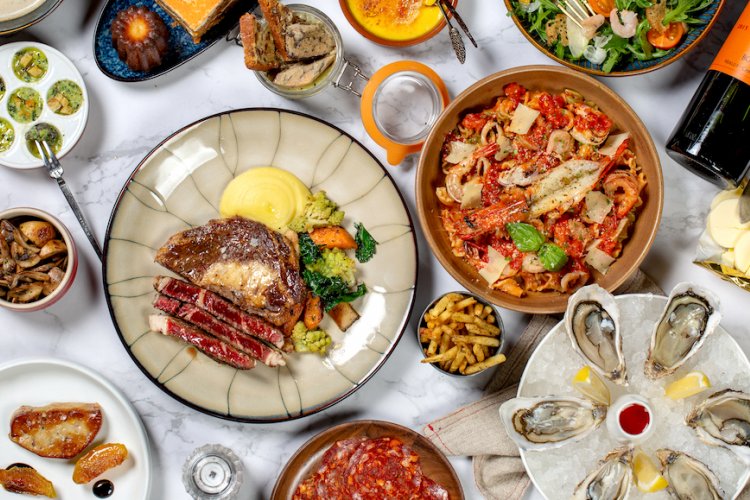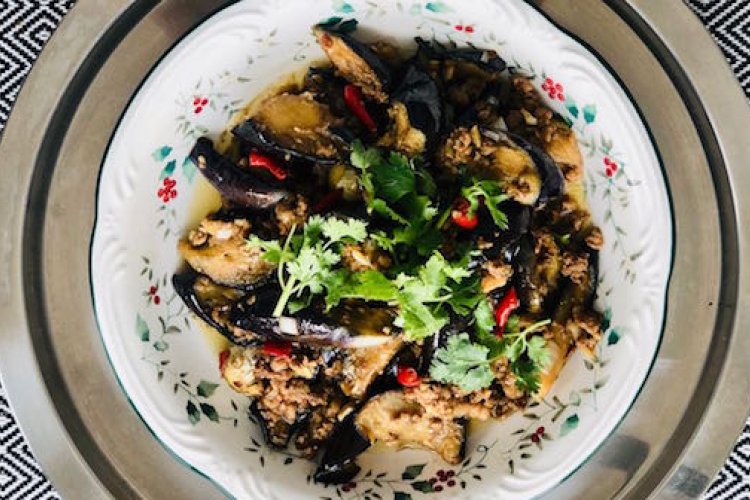Stock up on These Korean Pantry Staples and Make Bulgogi at Home
Korean cuisine may seem daunting to make at home if you've never done it before, but trust me when I say that it's actually pretty easy. The basic ingredients needed to make simple Korean dishes like barbecued meats and spicy stews are available from most supermarkets and won't set you back very much cash, so you can experiment with abandon. I've rounded up a few of the basics you should always have in your cupboard if you're interested in Korean cuisine.
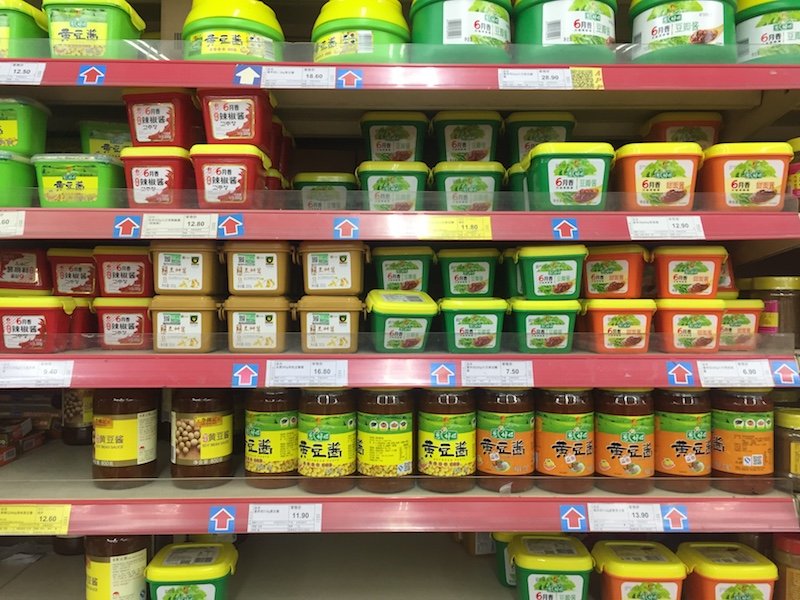 Note that these are just the very basics, the type of stuff you can get easily from most supermarkets. For an incredibly detailed breakdown of Korean pantry staples, see this post by the doyenne of Korean recipe blogging, Maangchi. It also helps to stock up on garlic, scallions, onions, and garlic.
Note that these are just the very basics, the type of stuff you can get easily from most supermarkets. For an incredibly detailed breakdown of Korean pantry staples, see this post by the doyenne of Korean recipe blogging, Maangchi. It also helps to stock up on garlic, scallions, onions, and garlic.
Gochujang (chili paste) 甜辣酱
This addictive sauce is at once salty, sweet, and spicy. Made from mild ground red pepper, rice, fermented soy beans, and salt, it is used to make a variety of dipping sauces, side dishes, and meat and fish cakes.
Doenjang (soy bean paste) 黄豆酱
Similar to miso, doenjang is made from fermented soy beans, salt, and either rice or wheat, and is often used to add an umami flavor to soups and stews. A good quality brand of doenjang should smell earthy rather than overly fermented and not be too dark in color.
Soy sauce 酱油
The flavor of Korean soy sauce is ever so slightly different from standard Chinese brands, but not so most people would notice. I'm by no means an expert, but I've found that Chinese brands labeled 酱油 rather than 生抽 tend to work slightly better in Korean dishes.
Sesame oil 芝麻油/香油
Sesame oil adds a strong nutty flavor to dressings and dipping sauces.
Toasted sesame seeds 熟白芝
Add a nutty crunch to vegetable side dishes and can be used as a garnish for grilled meats. Buy these in small quantities, or buy raw ones and toast them yourself, as they can go off quickly.
Hot pepper flakes 辣椒粉
Korean hot pepper flakes are milder than Chinese versions, adding bright red color but not too much heat to dishes. You can use standard Chinese-brand chili flakes, but adjust the recipe to taste.
Kimchi 辣白菜
Where to start with kimchi. There are as many types of kimchi as there are households, but most people will be familiar with the spicy napa cabbage version. Served as an appetizer (banchan) and/or pickle with most meals, kimchi can also be used to make piquant stews and tasty kimchi pancake.
You can most of these ingredients, including the gochujang and doenjang, from larger branches of supermarkets like Jinkelong and Carrefour. However, if you really want to make your dishes taste authentic, it's worth seeking out a market specializing in Korean products, such as Baisijia Caishichang (北京百思佳菜市场) in Wangjing (413 Wangjing Xiyuan, Futong Xidajie 阜通西大街望京西园413号). This hidden-away market is a mecca for all things Korean – all things food-related that is. Whether you’re looking to spice things up with a little chili paste or get funky with some aged kimchi, this is the place to get it, along with popular Korean cuts of meat (think bulgogi), imported Korean condiments, and a wiggling array of fresh seafood.
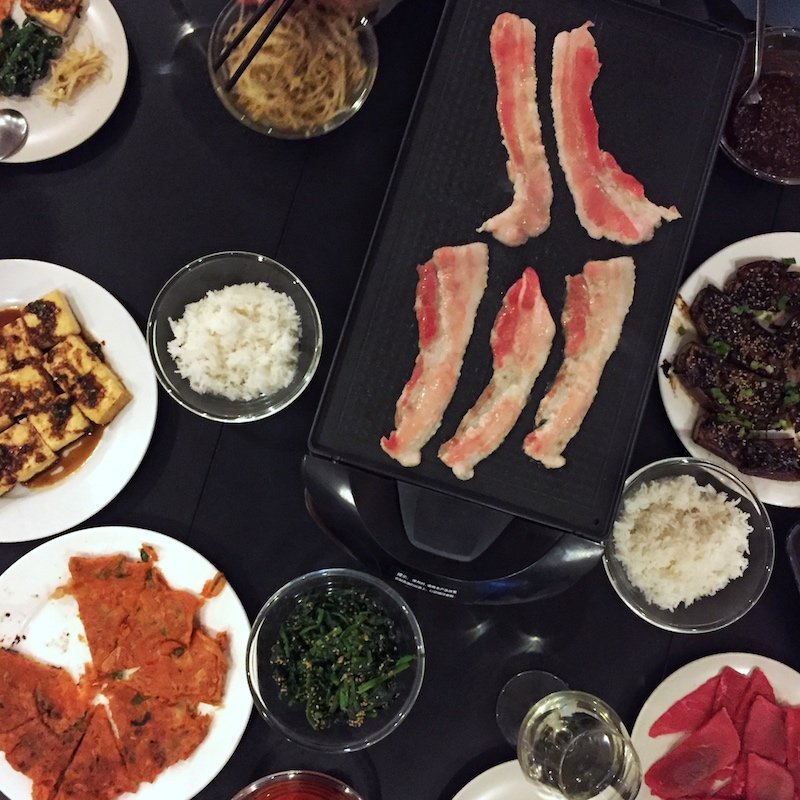
Now put some of those ingredients to good use in this recipe for the Korean classic bulgogi, marinated grilled beef.
Bulgogi
Adapted from New York Times Cooking
Serves 4-6
Ingredients:
- 500g well-marbled beef, such as sirloin (note: you can buy ready-sliced beef for grilling from Korean markets, or ask a butcher to do it for you)
- 4 large garlic cloves
- 1 ripe Asian pear, peeled and roughly chopped
- Half an onion, chopped
- 1 tsp ginger, chopped
- 2 tbsp soy sauce
- 1 tbsp roasted sesame oil
- 1 tbsp honey
- ½ tsp black pepper
To serve: whole lettuce leaves; cooked rice; kimchi; ssamjang (addictive spicy-sweet barbecue sauce)
Instructions:
- If you're slicing the beef yourself: Wrap the beef in plastic wrap and put it in the freezer for around an hour. Take the beef out and slice it against the grain into slices less than 0.5cm thick.
- In a blender or food processor, blend the garlic, pear, onion, and ginger to a smooth purée.
- In a large container combine the beef, soy sauce, sesame oil, honey, black pepper, and the contents of the blender. Mix thoroughly then refrigerate for at least 30 minutes or overnight.
- Once you're ready to cook, if you're using a Korean-style table top barbecue or, alternatively, an outside gas/charcoal barbecue, place the meat on the grill in batches and cook, turning often, until browned and just cooked through. You can also use a large frying pan or wok. Simply heat the pan over a high heat and add all of the meat and its marinade. Cook for a few minutes, stirring all the time, until most of the liquid has evaporated and the meat is cooked through.
How to eat: Place a lettuce leaf in the palm of your hand, then top it with a small clump of rice, a couple of pieces of meat, and a dab of sauce (you can also add kimchi or other pickles at this stage). Wrap up the lettuce and eat – Korean etiquette dictates that you should eat the parcels in one mouthful like a canapé.
More stories by this author here.
Instagram: @gongbaobeijing
Twitter: @gongbaobeijing
Weibo: @宫保北京
Photos: Flickr, Robynne Tindall

